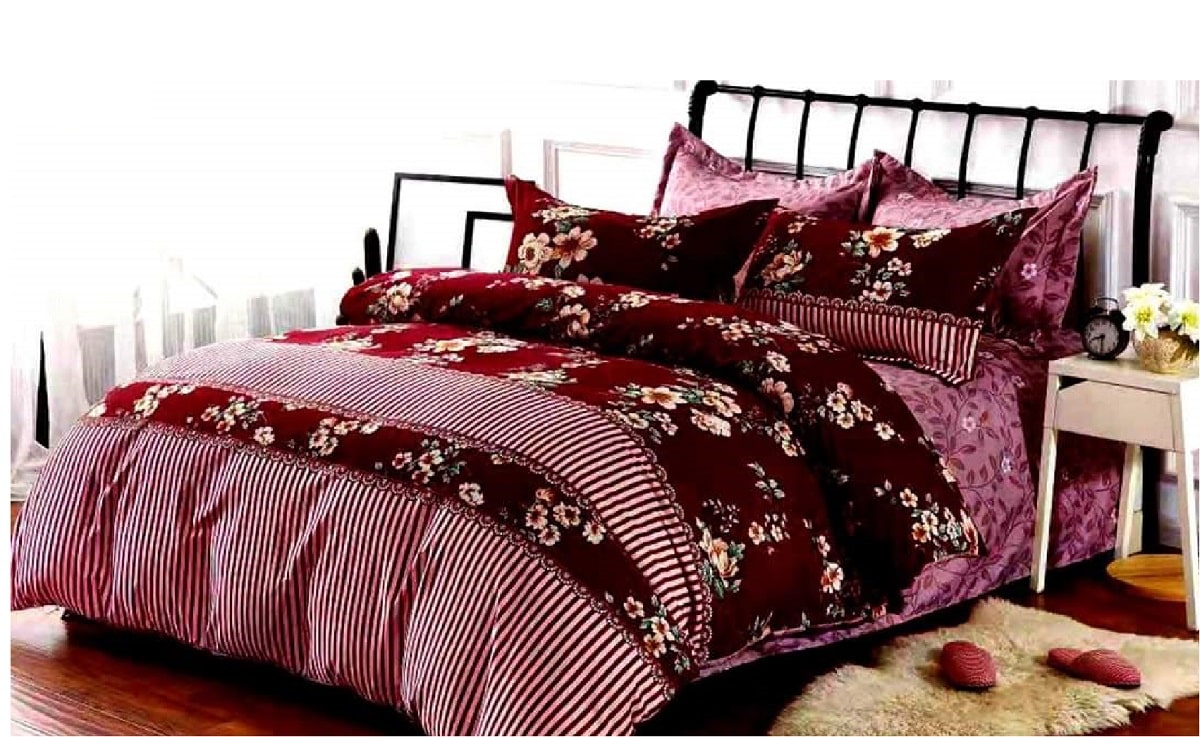
Digital Print
For textile printing firms, this suggests there’s a vast pressure on the time to plug and so on quicker sampling, increasing print speeds, efficiency, flexibility, and style. so as to realize such goals, the market merely has to check out different ways in which to print on the material. the answer to those challenges is digital textile printing.
The digital textile printing once checked out from a bird-view features a ton of similarities thereupon of typical textile printing: the material is going to be elect and pretreated, wherever it’ll experience the printer at high speed and can, later on, be steamed, washed and dried.
But rather than pressing the various pre-mixed colors of dye on the material through rotary screens that every have their own pattern incised, the digital textile printer uses a printable image (design) of a graphical record, reads the correct color data by employing a laboratory or RGB system and can then print the specified color onto the material with minute droplets of ink.
Advantages of digital printing
Low mounted prices as a result of lack of screen engraving and color separation;
Low sample prices because it isn’t required to supply and take a look at screens for individual patterns. so it’s value-effective for smaller orders;
Fast sampling and short-term delivery as styles will be created digitally and adjusted on the spot. every adjustment in typical screen printing needs a brand new rotary screen that slows down lead time;
Lessor no stock (brands move stock risks to the whole owner ‘produce what you sold’ rather than ‘sell what you produce’);
High resolution and fine patterns, flexibility, and unlimited color mixtures (digital printers don’t seem to be restricted to the most quantity of rotary screens, i.g. colors);
High savings on energy and water as a result of there’s no ought to wash rotary screens so as to use new colors, exploitation huge amounts of water;
Less waste as droplets of ink is being written terribly exactly onto the material. No disposal of excess dye and chemicals employed in rotary screen printing, harming the environment;
No deposition of nickel of screens onto the material (stricter rules and rules within the future);
Unlimited repeat size because the repeat size isn’t restricted to the diameter of the rotary screen.
Digital textile printing is in a position to satisfy today’s demands for short runs and fast turnarounds. By exploiting digital technologies, higher standards of quality on the widest variety of materials will be achieved, increasing period, and giving customers the flexibleness to bring concepts quicker to the market.







No Comment